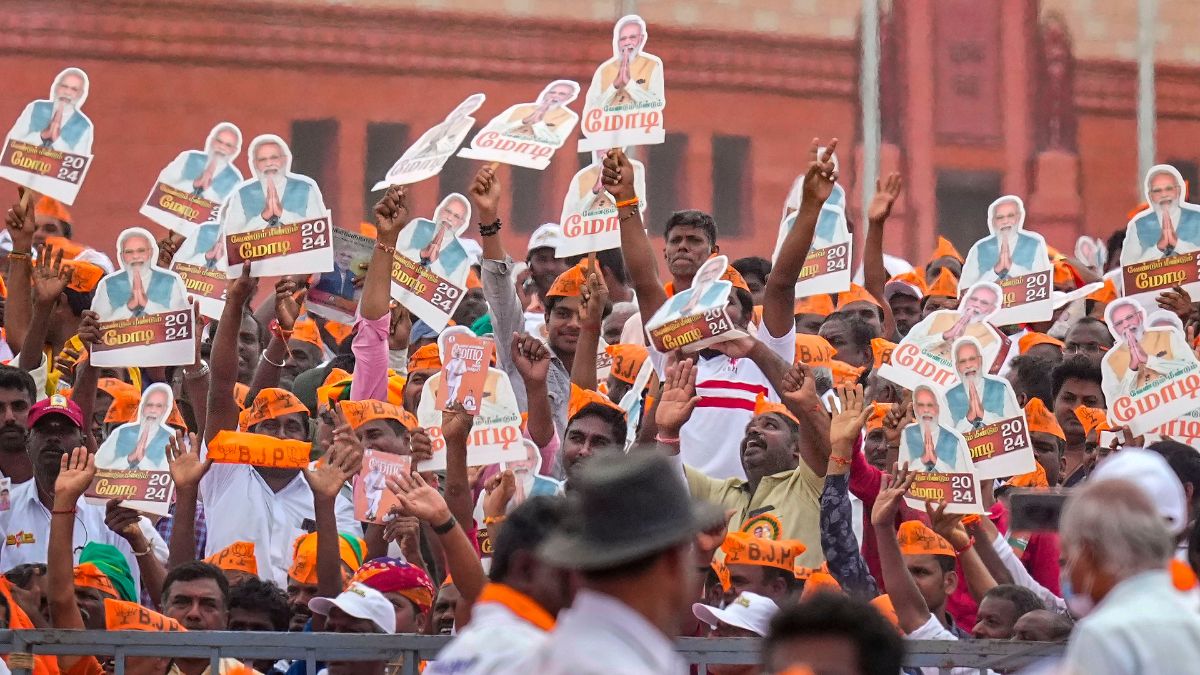The rupee recently appreciated to a three-year high of Rs 43.95 against the dollar - levels we have not witnessed since the financial crisis first started with the collapse of Lehman Brothers.
While the currency has not been able to maintain its position at sub-44 levels, this recent level should not be seen as an one-off movement in the rupee.
In fact, it is quite likely that the currency will continue to appreciate.
For five reasons: the broad currency trend has been one of appreciation over time; the Reserve Bank’s foreign exchange reserves accretion is a possible reflection of the underlying pressures for a rise in the rupee; foreign direct investment (FDI) has improved in 2011-12 so far and policies are finally being cobbled together for allowing FDI in multi-brand retail; and last, the subsisting weakness in the US economy will continue to translate into a stronger rupee, barring any major negative global development.
#1. The broad trend towards appreciation: While the Rs 44 mark was breached only recently, the trend for the rupee has been towards appreciation for some months now. In July 2010, the US dollar-rupee exchange rate was as much as 46.8. It appreciated to the 45-45.5 range during December-February 2011, suggesting rising strength, before finally hitting and remaining largely in the 44.5-45 range since. In July, it appreciated further. In other words, the recent appreciation in the rupee is not a one-off but part of a continuing trend.
#2. Underlying pressure for a rising rupee: The RBI’s foreign exchange reserves have been on the rise, a trend that is associated with the bank’s intervention in currency markets, among other factors. Foreign exchange reserves were around $317 billion as of 22 July, and the reserve accretion has been strengthening. At a cumulative accretion of around $12 billion so far in 2011-12, the trend promises to surpass the accretion over the past year. An increase in the pace of accretion is a possible reflection on the underlying pressure on the rupee to keep strengthening.
#3. Strengthening of FDI inflows in 2011-12: After a dismal performance in 2010-11, foreign direct investments into India are back on track. During April and May 2011, FDI flows were up 77 percent from the previous year to $7.8 billion, breaking with the poor performance of last year. This is also corroborated by rising mergers and acquisitions of Indian companies by foreign companies at $23.3 billion in the first half of 2011-12.
#4. Developments on proposed FDI in multi-brand retail: The government is finally taking steps to relax FDI norms for multi-brand retail. The Committee of Secretaries has recently recommended up to 51 percent foreign investment in the sector and a commitment of at least $100 million investments. If this relaxation in norms finally becomes policy, retailing giants like Wal-Mart and CarreFour will enter this market. When large investments pour in, the general climate for inflows improves.
#5. Weakness of the US dollar: Last, but not the least, is the continued weakness in the US economy. The economy grew at a significantly sub-trend figure of 1.3 percent (annualised rate) in the second quarter. First quarter figures were also revised downwards to 0.4 percent from 1.9 percent as per the initial estimate. Rising prices of essential commodities, higher unemployment and business confidence indicators suggest that the recovery could remain weak going forward as well.
While the Indian economy has also witnessed signs of softening, with rising interest rates and inflation hitting producers, India’s growth impulses are far stronger than the US. The continued weakness in the US, the dollar’s recent softening, and the reciprocal strength of the rupee will accentuate this trend. The only thing that would counter this trend is the possibility of a major shock that threatens to sink the US back to the ‘‘Great Recession,’ triggering risk aversion.
Other reasons have also contributed to an appreciation in the rupee in the recent past, like a reported decline in outbound FDI from India and strong foreign institutional investor (FII) flows in July despite a softening in activity in India. But it is hard to say how far these trends will continue to support the rupee. In the event that they do, it only adds to the argument that the rupee will appreciate.
A widening trade deficit, on account of sustained import demand and the potential of exports to weaken as advanced economies continue to flounder, is a risk to the view. But for now, the odds are in favour of an appreciation in the rupee.
Manika Premsingh is the promoter of Orbis Economics, which provides research on the economy.
)
)
)
)
)